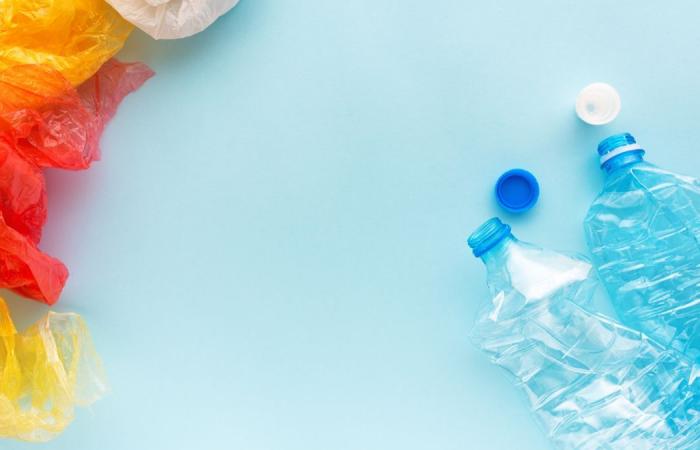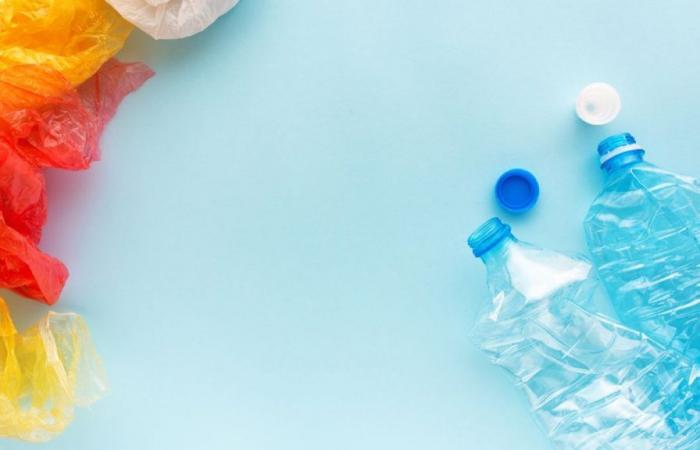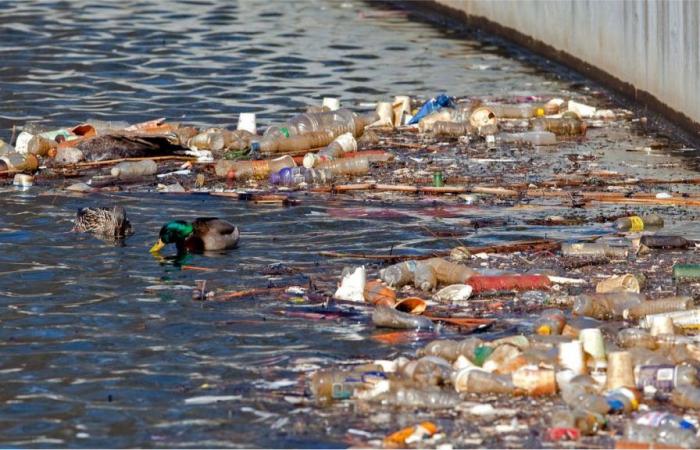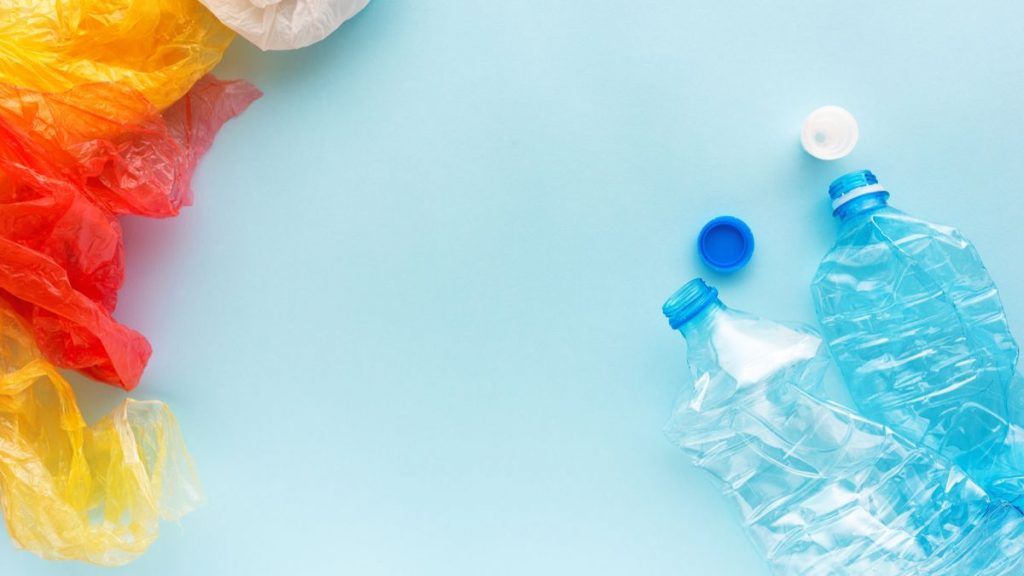
A team of British chemists have relied on microwaves to turn plastic bags, bottles and other food packaging into a clean source of hydrogen.
Faster and less energy-consuming than existing processes
Although different methods can already transform plastic waste into hydrogen, the new approach developed by researchers at theOxford University promises to be faster and less energy efficient.
Featured in the journal Nature Catalysis, this new processing method has been specially designed with the aim of ” to face the grim reality »Plastic waste, which is a major environmental problem in UK with over 1.5 million tonnes produced each year. With the hydrogen contained in plastic bags representing around 14% of their weight, this type of waste offers a possible new source for countries planning to produce hydrogen in a clean way in order to fight climate change.
Currently, most of the approaches in use involve heating plastic to very high temperatures (over 750 ° C) in order to break it down into syngas, a mixture of hydrogen and carbon monoxide, and then separate and collect the hydrogen in a second step.


As part of this new work, Peter Edwards and his team crushed the plastic into small pieces using a kitchen blender and mixed it with a preparation containing iron oxide, aluminum oxide and citric acid, to catalyze the dehydrogenation reaction of plastics. The researchers then placed the assembly in a 1,000-watt microwave device, and it recovered 97% of the gas from the plastic in just a few tens of seconds.
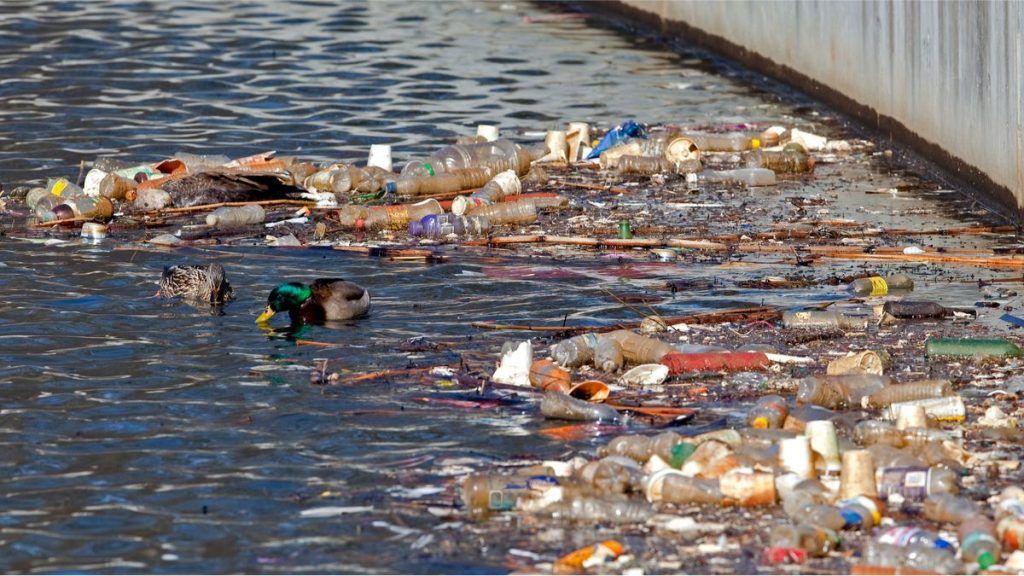

“A potential and attractive solution to the problem of plastic waste”
This one-step approach has the huge advantage of heating only the catalyst and not all of the plastic (since the plastic does not absorb microwaves), which drastically reduces energy consumption. necessary. Once the operation is carried out, the remaining solid material is almost exclusively composed of carbon nanotubes.
According to Edwards, the results obtained constitute ” a potential and attractive solution to the problem of plastic waste ».
Although the tests so far have only been on a small scale, with around 300 grams of plastic used for each of them, the study authors explain that larger experiments are now in the pipeline. and already planned.
Source link by https://dailygeekshow.com/plastique-hydrogene-micro-ondes/
*The article has been translated based on the content of Source link by https://dailygeekshow.com/plastique-hydrogene-micro-ondes/
. If there is any problem regarding the content, copyright, please leave a report below the article. We will try to process as quickly as possible to protect the rights of the author. Thank you very much!
*We just want readers to access information more quickly and easily with other multilingual content, instead of information only available in a certain language.
*We always respect the copyright of the content of the author and always include the original link of the source article.If the author disagrees, just leave the report below the article, the article will be edited or deleted at the request of the author. Thanks very much! Best regards!
These were the details of the news This process transforms plastic waste into a source of clean energy... for this day. We hope that we have succeeded by giving you the full details and information. To follow all our news, you can subscribe to the alerts system or to one of our different systems to provide you with all that is new.
It is also worth noting that the original news has been published and is available at en24news and the editorial team at AlKhaleej Today has confirmed it and it has been modified, and it may have been completely transferred or quoted from it and you can read and follow this news from its main source.

